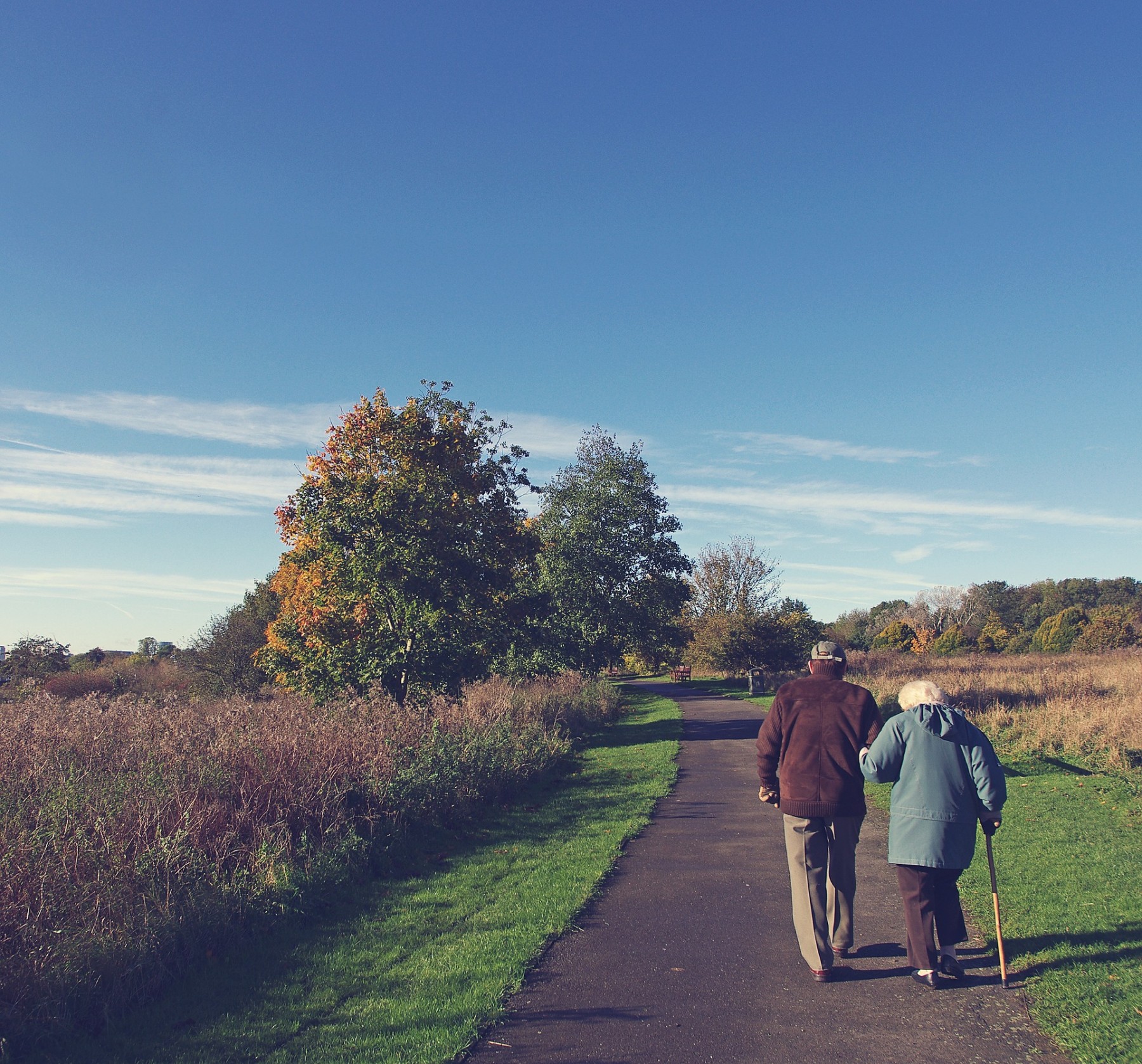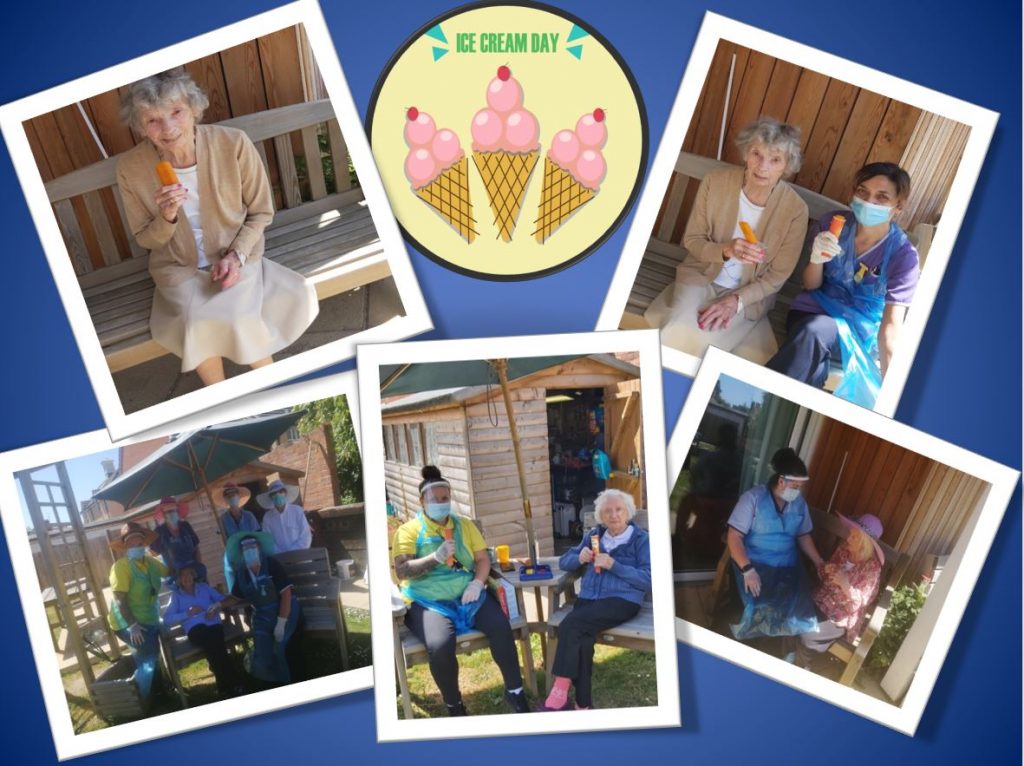While the number of cases is declining, the battle against COVID-19 in the UK is far from over. A vaccine is, at best, many months away. Most health experts are still concerned about the possibility of a second wave of the virus when we move into autumn and winter. These are the seasons when viral infections spread most easily.
Fortunately, medical science is learning more about the virus every day. Even so, the most effective measures currently available are physical distancing and good hygiene. And for older people with care needs, distancing presents difficulties. It is more difficult and stressful for relatives and informal carers to visit to help with personal or medical care if we are in lockdown.
Even as most of the country eases its way out of lockdown, the advice for vulnerable people with underlying health issues is to be cautious about going out or receiving visitors. In these circumstances the problem isn’t just lack of caregiving, it’s also lack of companionship.
Residential or Live-in Care?
So, if friends and family are not able to help with care, or are not willing to visit for fear of infecting a vulnerable person, what’s the best option?
Care homes could be a less attractive option for many people than before the pandemic. A recent poll showed that 40% of over 65s are less likely to consider moving into a care home due to the pandemic. While many homes have had zero or very low numbers of cases, the sector as a whole was severely affected. It will take some care homes a while to recover.
Perhaps Live-in Care offers a more suitable option.
Live-in care means that a carer lives in the client’s home. It is an effective way to make sure that older people with care needs are looked after and that there is always somebody around for the equally important aspects of companionship and conversation, that play such an important part in someone’s mental wellbeing.
You can find out more about our Live-in Care service on our website. Or call us on 01305 206 140 to discuss your needs and options.









